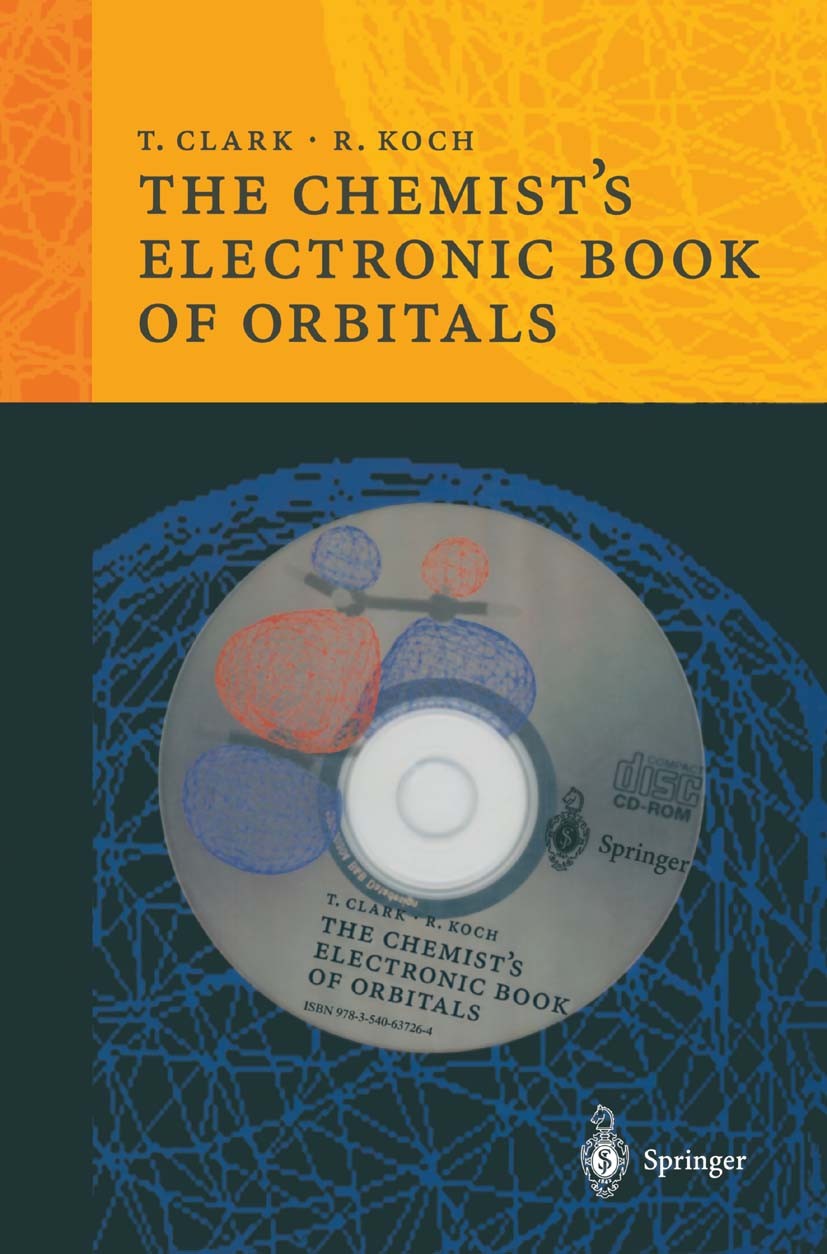| 書目名稱 | The Chemist’s Electronic Book of Orbitals | | 編輯 | Tim Clark,Rainer Koch | | 視頻video | http://file.papertrans.cn/907/906069/906069.mp4 | | 概述 | Includes supplementary material: | | 圖書封面 |  | | 描述 | For many years, Bill Jorgensen and Lional Salem‘s Organic Chemist‘s Book ofOrbitals was the standard work on qualitative MO-theory in Erlangen. It provided the basic principles as weH as MO-plots of exactly the orbitals that we needed to understand the effects that we were investigating. How- ever, 25 years after its publication, the Organic Chemist‘s Book of Orbitals is essentiaHy unknown to the current generation of chemistry students, although qualitative MO-theory has become a standard too1. This and the new technical possibilities made possible by the development of web browsers, VRML-viewers etc. suggested that the time is right to attempt a more modern version, this time called The Chemist‘s Electronic Book of Orbitals. The resulting "book" is a tribute to its predecessor and we hope that it will playa similar role as vanguard for a new generation of chem- istry publications in this area. The written text can be read alone, but is intended to be used in conjunction with the demonstrations and VRML- objects on the CD. The orbital plots can be rotated, displayed and printed as desired. We have designed The Chemist‘s Electronic Book of Orbitals to be accessed from a standard we | | 出版日期 | Textbook 1999 | | 關(guān)鍵詞 | Hyperconjugation; Pet; chemistry; development; information; molecule; physics; point group; reactions; symmet | | 版次 | 1 | | doi | https://doi.org/10.1007/978-3-662-13150-3 | | isbn_softcover | 978-3-540-63726-4 | | isbn_ebook | 978-3-662-13150-3 | | copyright | Springer-Verlag Berlin Heidelberg 1999 |
The information of publication is updating

|
|
 |Archiver|手機版|小黑屋|
派博傳思國際
( 京公網(wǎng)安備110108008328)
GMT+8, 2025-10-7 00:14
|Archiver|手機版|小黑屋|
派博傳思國際
( 京公網(wǎng)安備110108008328)
GMT+8, 2025-10-7 00:14


